ICL CONTACT LENSES IMPLANTATION BY EUROEYES - THE GERMAN AND EUROPEAN CHAMPION 2021
The implantable contact lens or implantable Collamer® lens (ICL for short) is the solution for patients with a very high refractive error or a too thin cornea.
EuroEyes is German and European ICL Champion 2021
Staar Surgical has awarded the EuroEyes clinic group the prize for the most ICL surgeries in Germany and Europe in 2021.
The awards took place at the ESCRS meeting in Amsterdam and at our flagship clinic in Hamburg.
We are pleased and proud of this beautiful success!
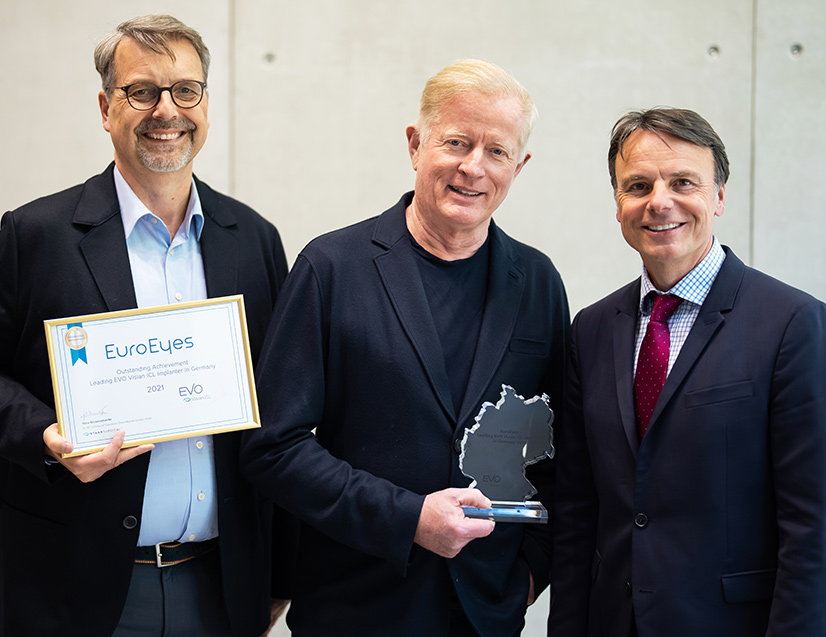
The unique characteristics and advantages of an ICL
Excellent quality of vision for high nearsightedness, high farsightedness in combination with astigmatism in one step
The excellent visual quality
The collamer® material is very well tolerated with excellent biocompatibility and durability
The ICL is not visible or perceptible in the eye and is positioned in front of the bodies own lens
The lens can remain in the eye for a lifetime, procedure is reversible and the ICL can be removed or replaced if needed
The treatment is permanent and pain free

ICL treatment steps
Preparing the Eye
This outpatient procedure typically lasts 10 minutes per eye. Eye drop anesthetics create a pain free procedure. The eye is opened with a key-hole incision in the corneal periphery that heals without a suture.
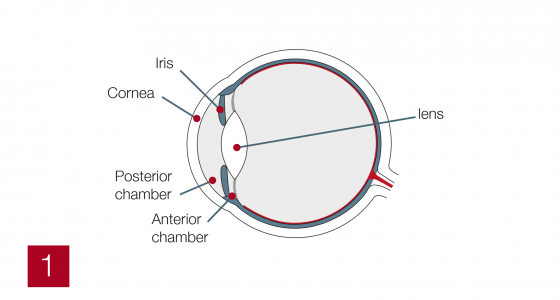
The implantable contact lens
With ICL each patient receives a tailor-made artificial biopolymer lens implant that has lifetime durability. The ICL lens is flexible and foldable like a contact lens, and is inserted into the eye in a matter of seconds with an injector through the small corneal incision.

Correction of ametropia by implantation of the ICL
Unlike a contact lens, ICL is positioned in the posterior chamber of the eye between the iris and natural lens. It remains there permanently and is neither visible nor perceptible. The custom made ICL collamer® lens together with the natural lens redirect the light to focus on the retina with optical precision. After the treatment the patient can see clearly without glasses and contact lenses.
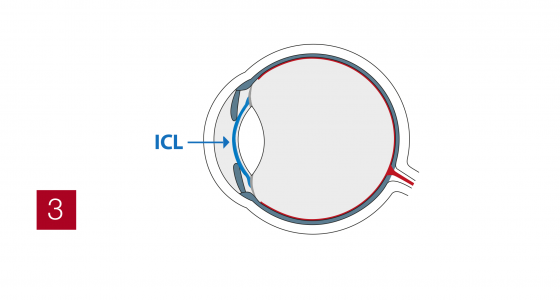
ICL Treatment Process
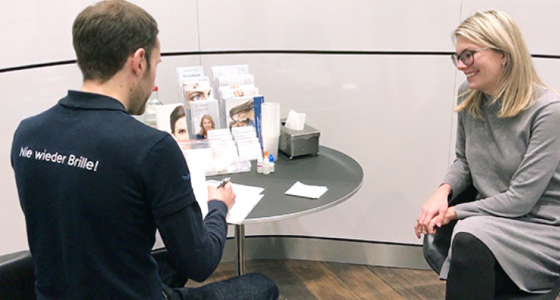
1. ICL Suitability Assessment
All relevant eye parameters are measured
Diagnosis of your suitability for the ICL
Consultation on your optimal ICL treatment
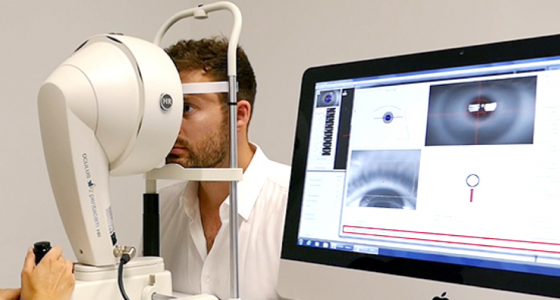
2. Pre-treatment Examination
A thorough preliminary medical eye examination is carried out
Our ophthalmologist and specialist in refractive surgery explains all aspects of your treatment
Detailed measurements are performed
The examination lasts approx. 2 hours
Cease contact lens wear one week (soft lenses) and two weeks (hard lenses)
You will receive an aftercare set for the days after your treatment, its content and medication will be explained to you in detail by our staff.
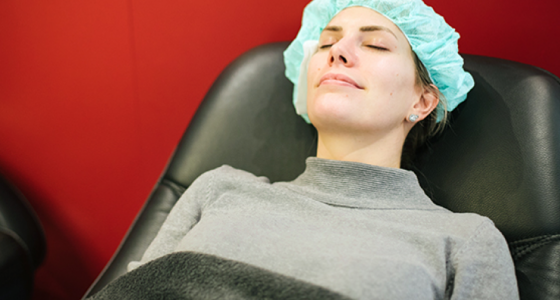
3. On the Day of Your ICL Treatment
Bring someone to accompany you
Wear comfortable clothes
Remove any makeup and avoid wearing perfume
Eat a light meal beforehand, please do not smoke.
A mild tranquiliser will be offered to you
The total duration of this outpatient surgery will be 10 – 15 minutes per eye over 2 days (1 day per eye)
The treated eye will be protected by an eye bandage until the next day
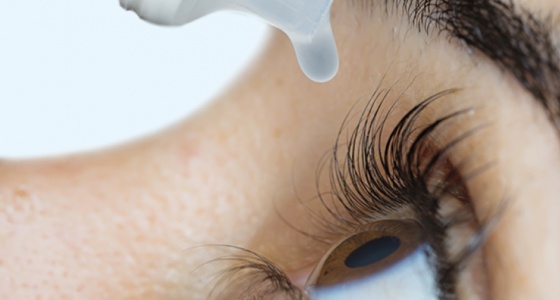
4. After Your ICL Treatment
Do not rub your eyes in the days after treatment
Antibiotic eye drops are to be used in the first weeks
Artificial tear eye drops to be used as required
Resume work after 2 – 4 days as needed
No sporting activities for 3 days
No swimming or sauna for 2 weeks
Examinations after 1 day – 1 week – 1 to 3 months
Driving can be resumed after doctor’s permission
Good to know about ICL
The Development of the ICL Lens
The implantable contact lens (ICL) is the result of years of research and development, and has been on the market since 1993. With an ICL not only nearsightedness or farsightedness can be corrected, but also astigmatism. The thoroughly tested procedure is also approved by the U.S. Food and Drug Administration (FDA).
These innovative lens implants have led to an immense advancement within lens surgery. Today, the ICL lens is the pioneer of lenses that are implanted as an addition to the natural lens. The results are outstanding. EuroEyes offers a wide variety of the latest generation of lens types that can be adapted precisely to the individual requirements of your eyes.
Phakic Lenses
Phakic intraocular lenses can be used either in the anterior chamber or in the posterior chamber of the eye. This depends on the medical circumstances. The anterior chamber lens is placed between the iris and cornea. The posterior chamber lens, however, is placed between the iris and the natural lens. Decisive when selecting the right lens is the patient’s age, as well as the amount of available space in the eye. With an ICL not only nearsightedness or farsightedness can be corrected, but also vision disorders in combination with astigmatism.
For the correction of a vision disorder that is combined with an astigmatism, the so-called toric ICL is used. It is individually produced for each patient and an implantation plan is provided by the manufacturer for an accurate positioning of the lens. This is particularly important for the correction of astigmatism, because not only the dioptric power, but also the axis – and thus the position of the lens – is of great importance.
The ICL consists of a unique high-quality material. The most significant feature is its excellent tolerability. It is highly biocompatible and is therefore accepted very well by the body – this ensures that the lens can remain permanently in the eye. It provides reliable, predictable results, an excellent quality of vision and the treatment success manifests itself in no time.
Although the lens should remain permanently in the eye, the ICL implantation can be removed in individual cases – the implantation is therefore reversible. Thus, for example in case of emergency, where the eye has been injured e.g. due to an accident, the lens can be removed or replaced. In rare cases (5 percent in 5 years) it is possible that an early clouding of the natural lens occurs (cataract). In this case the two lenses would be exchanged and replaced with new intraocular lenses.
THE INVISIBLE LENS
People with extreme nearsightedness farsightedness astigmatism or a thin cornea are typically not suitable for a laser eye treatment. Surrender to fate and accept glasses? Not with EuroEyes!
With the ICL, a phakic intraocular lens, EuroEyes can offer an excellent alternative treatment for nearsighted patients with a diopter higher than -8, and for farsighted patients with a diopter higher than +3 – even if the refractive error is combined with astigmatism. Contrary to a contact lens, the ICL will remain permanently in the eye, but can be replaced at any time.
It is positioned between iris and the natural lens. In cooperation with your natural lens, the ICL thereby ensures that the light is correctly focused on the retina, making it possible for the patient to see clearly once again. This procedure has been carried out for more than 25 years and is considered a safe method for the treatment of myopia, farsightedness and astigmatism.
And you can be sure that EuroEyes has implanted the most ICL contact lenses in Europe for the fourth time in a row.
FREQUENTLY ASKED QUESTIONS ABOUT THE ICL LENS
When a laser treatment is no longer a sufficient treatment, for example, for refractive errors of more than -10 or +4 diopters, or if the cornea is too thin, implants are a good alternative. ICL is mainly used in young patients up to the age of 45, as the ability of the body’s own lens to accommodate is not impaired. Thus it is even possible for people with extremely high refractive errors to live a lifelong without glasses or contact lenses until the onset of presbyopia from approx. 45 years of age.
No, you will neither feel it, nor be able to see the intraocular lens.
There are two different types of Phakic Intraocular lenses: anterior chamber lenses and posterior chamber lenses.
The anterior chamber lens is implanted in front of the iris in the anterior chamber.
The posterior chamber intraocular lens is placed behind the iris and in front of the natural lens. It consists of Collamer, which is a biocompatible polymer.





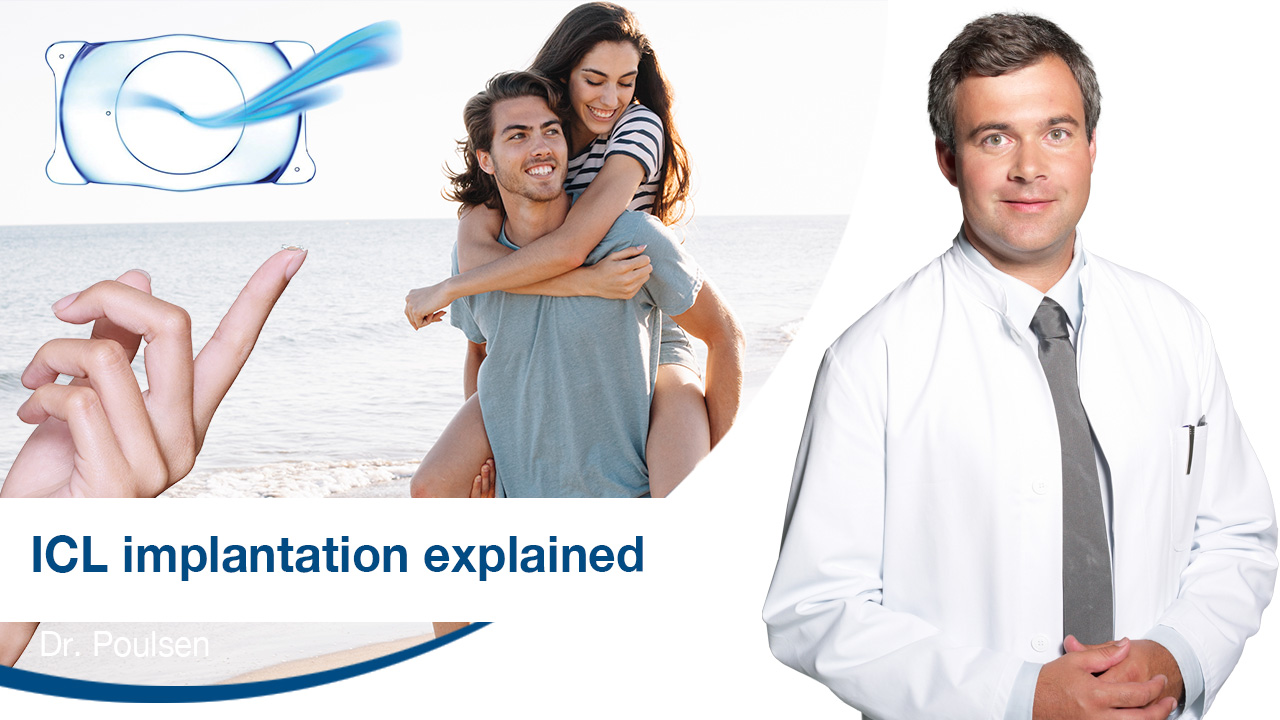








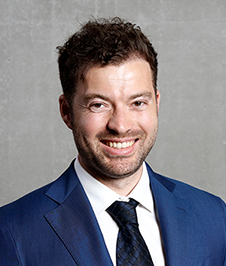





Join our Newsletter